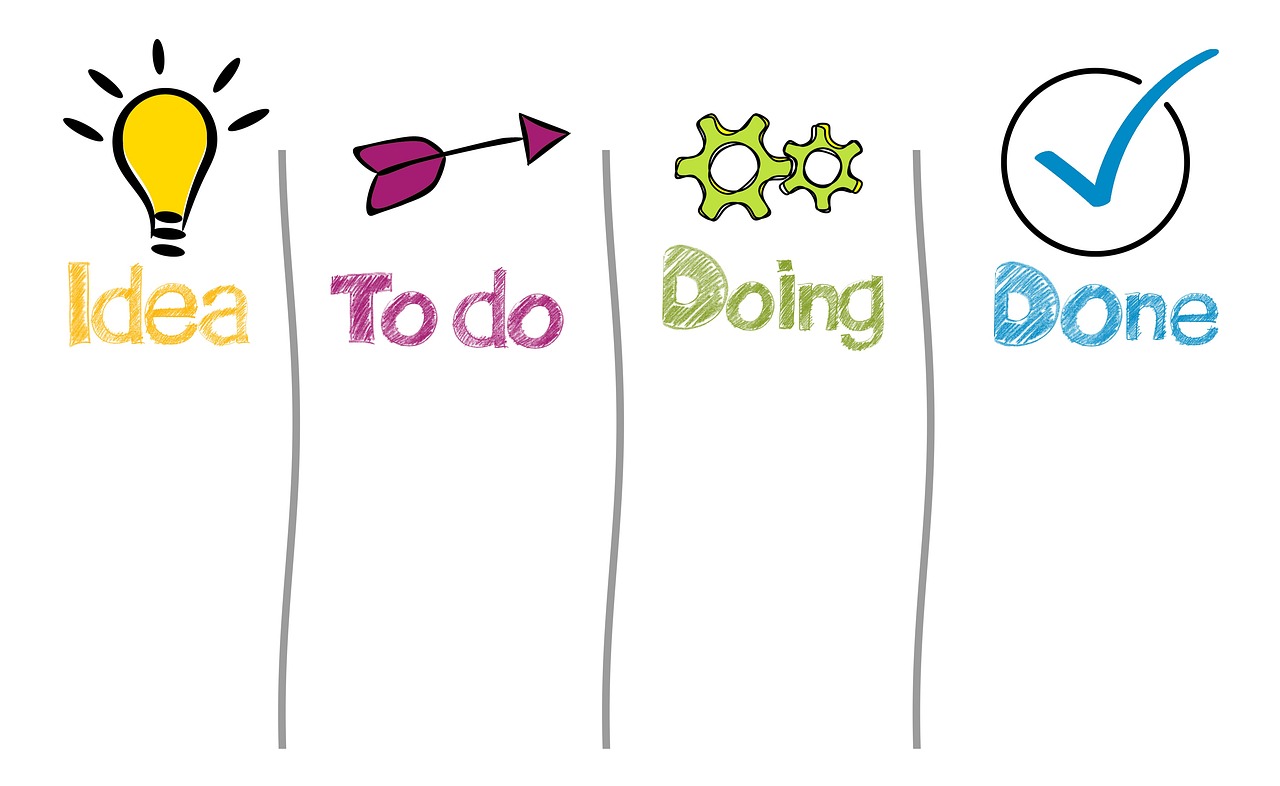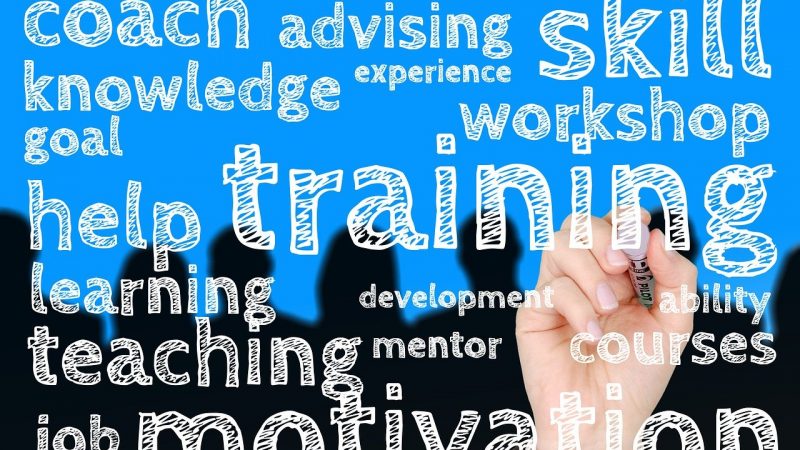Teaching is an immensely rewarding yet demanding profession. The pressures of standardized testing, evaluations, parent conflicts, student behaviors, and heavy workloads lead many educators to burnout. As teachers strive to support students, we often minimize our own wellbeing. This takes a toll. However, by role modeling healthy self-compassion practices, teachers can transform their classroom culture and empower students to adopt positive coping strategies that benefit everyone. This article explains self-compassion, its research-backed benefits, and simple yet powerful techniques teachers can exemplify.
What is Self-Compassion?
Self-compassion means treating oneself with caring kindness and concern, as one would a dear friend. It provides emotional comfort and self-understanding when facing difficult situations rather than harsh self-criticism. Everyone deserves compassion. It’s a mindset shifting perspective from judgment to care.
Self-compassion includes these interrelated components:
Self-kindness: Being warm, patient, and understanding with oneself rather than critical or harsh, especially when suffering. Responding with gentle empathy.
Common humanity: Recognizing all humans face hardship and imperfection. We all struggle and suffer. You are not alone in ups and downs.
Mindfulness: Balanced awareness of painful experiences and emotions without suppressing or overidentifying with them. Holding pain with equanimity.
Research-Backed Benefits of Self-Compassion
Extensive studies show developing self-compassion improves:
– Emotional resilience and stability
– Sense of self-worth and competence
– Motivation, self-efficacy, and growth mindset
– Life satisfaction, wellbeing, and healthy habits
– Classroom climate, teacher-student relationships
– Coping with challenging student behaviors
– Reduced teacher stress, anxiety, and burnout
In short, self-compassion allows maintaining emotional presence amidst hardship. It provides inner strength when we need it most. And since emotions are contagious, self-compassion spreads caring to others.
Simple Self-Compassion Practices for Teachers
Here are simple yet powerful self-compassion practices teachers can visibly model:
Morning Intention Setting
Start the day centered by setting an intention to meet challenges with compassion for yourself and others. For example: “May I face difficulties today calmly and manage my emotions with care. May I offer patience to myself and my students.” Revisiting the intention grounds difficult moments.
Self-Appreciation
Counter our negativity bias by intentionally noticing your own good qualities, talents, or actions. Silently give yourself affirmations like “I am caring, I showed patience today.” Keep a gratitude journal by your desk and jot moments of strength. Verbalize appreciation.
Taking Compassion Breaks
When feeling depleted or triggered, take 60-90 second compassion breaks. Close your eyes, put a hand over your heart, breathe deeply. Say silently: “This is a moment of suffering. May I give myself care in this moment. May I accept myself just as I am.” Repeat soothing phrases until calm.
Practicing Mindfulness
Get in touch with your emotions and needs with mindfulness. Set timers for 2-3 minute mindful check-ins during the day. Ask “How am I feeling right now? What do I need?” without judgment. Simply feel, breathe, then reflect on how to meet the need with care.
Allowing Imperfection
Challenging moments will occur. Talk to yourself as you would a friend in pain: “This is really hard right now. It’s understandable to feel upset. You are only human. May I accept myself just as I am, including flaws.” Forgive mistakes. Progress takes patience.
Seeking Support
Ask trusted colleagues, family, or friends for support when the load feels too heavy. Connect authentically about your experiences. Receiving care from others when most depleted restores energy to then express compassion to yourself.
Prioritizing Wellbeing
Make self-care a priority not self-indulgence. Get enough sleep, healthy food, exercise. Take time off. Do hobbies you enjoy. Set work-life boundaries. Meet your needs so you can meet students’ needs without burnout. You matter.
Modeling Fallibility
Show students appropriate vulnerability and humility by acknowledging when you make a mistake. Apologize sincerely. “I’m sorry class, I made a poor choice when I raised my voice. I should have stayed calmer. I will do better.” Then move forward with compassion, not shame.
Your students face immense pressures too. Implementing these positive coping practices demonstrates valuable self-care skills. Students will follow your lead.
Creating a Self-Compassionate Classroom Culture
Beyond personal practices, teachers can facilitate a caring classroom community:
– Share the rationale for self-compassion with students. Help them understand its benefits. Make it a class priority.
– Post reminders of kind self-talk strategies and discussion norms respecting emotions.
– Teach mindfulness exercises students can use anywhere. Trying box breathing together when stressed exemplifies healthy regulation.
– When students share struggles, guide them to respond with self-kindness. “That sounds so hard. What is one kind thing you could say to yourself?”
– Catch students showing compassion to themselves or others. Reinforce kind behaviors.
– Allow appropriate vulnerability about your own mistakes and self-criticism. Students will reciprocate.
– Incorporate emotional learning and self/social awareness into lessons across subjects. Name and normalize feelings.
– Be generous with praise to build confidence and intrinsic motivation. Positive feedback fosters resilience.
With compassion as a core value lived by the teacher, students feel safe tackling challenges and supporting each other too.
In closing, teaching is demanding but small mindset shifts make a huge difference. The most powerful change starts from within. By exemplifying self-compassion, you create ripples for your students and community. Be the change.










